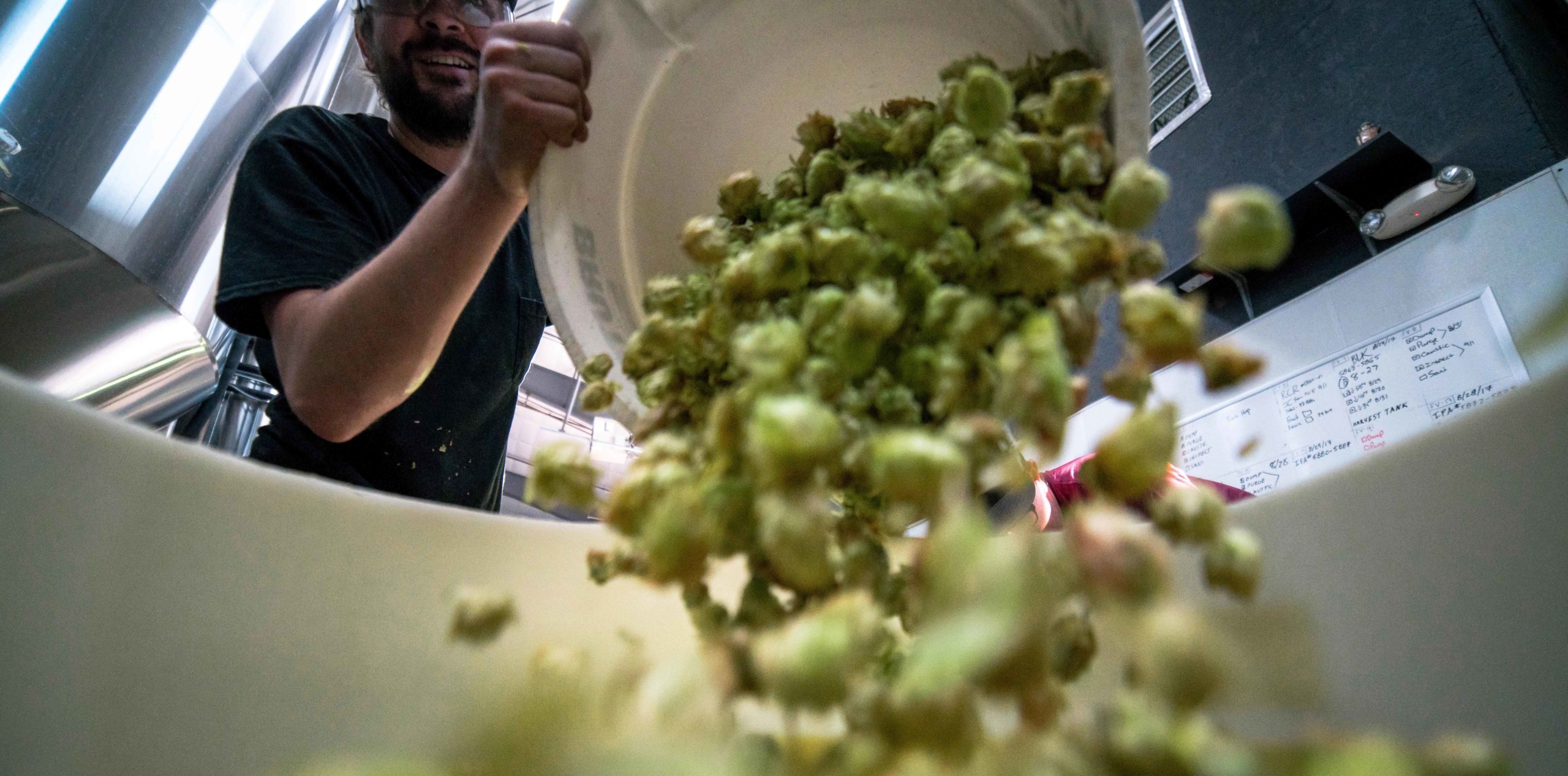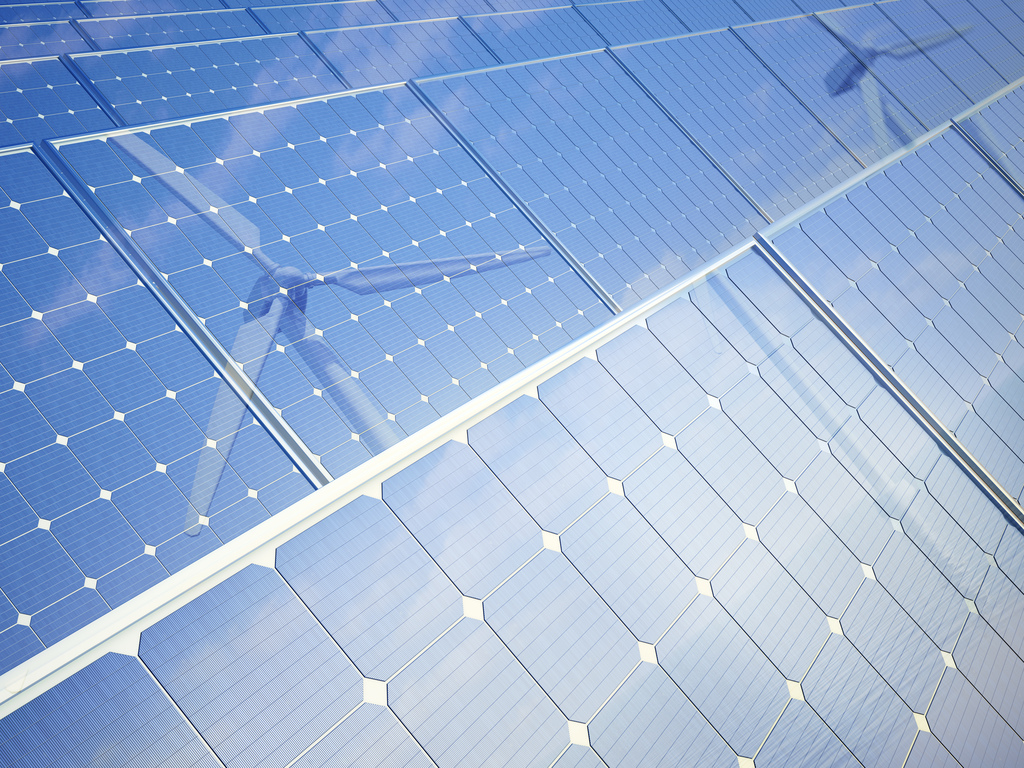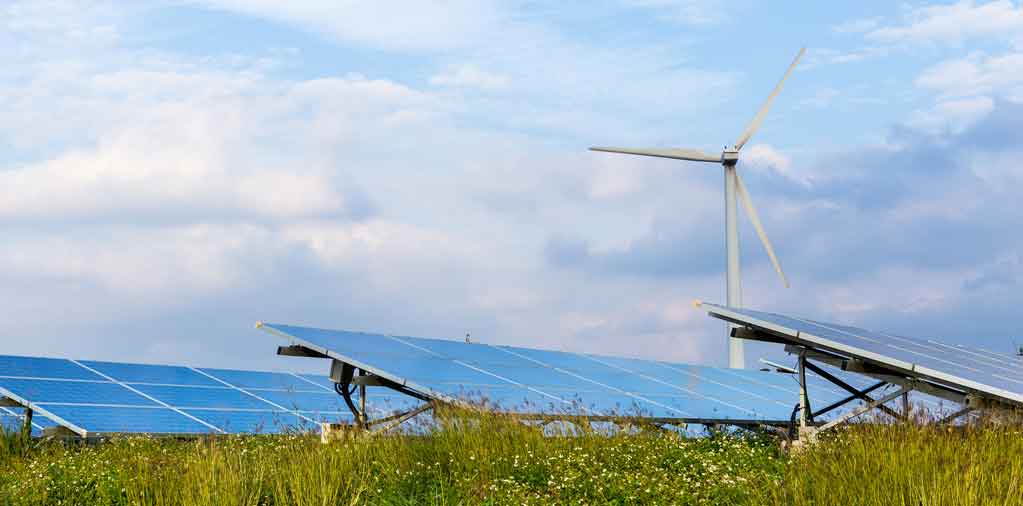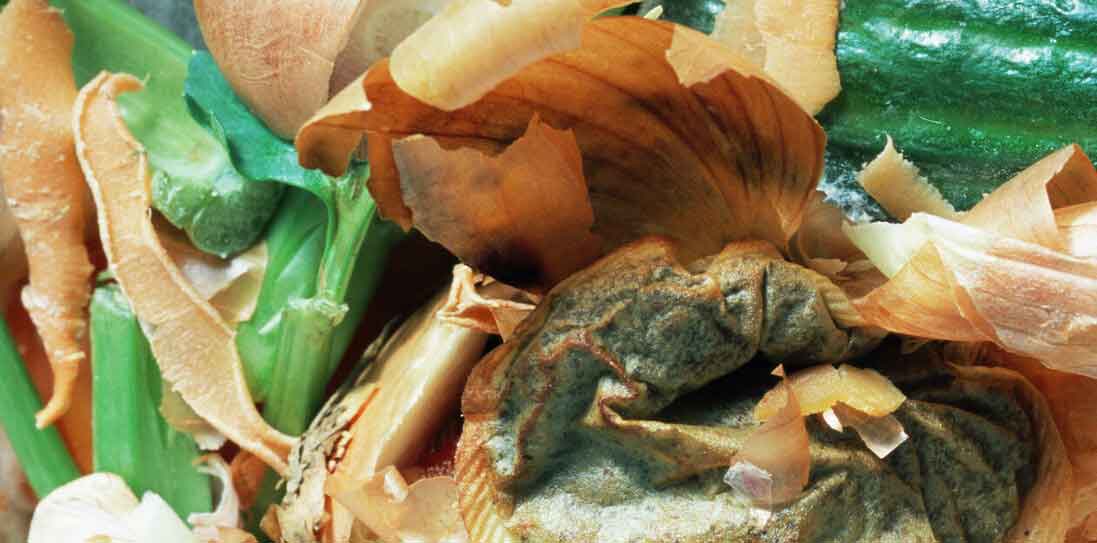xxx

Introduction
As the adage goes, you can’t manage what you can’t measure. Understanding your organisation’s energy use is the first step in any emissions reduction programme.
Cut energy, cut emissions

If you are not already measuring your energy consumption, the first thing to do is establish a baseline that will enable you to measure your progress. This is not difficult, but it can be time-consuming. The obvious candidate for energy data collection and reporting is finance, because accounting staff are numerate and have access to invoices. But it could easily be done by anybody with reasonable spreadsheet skills.
Choose a one-year period that makes commercial sense for you – your financial year is ideal. You need to have invoices available that coincide with the period you choose. We’re looking here at scope 1 and 2 emissions, as defined by the Greenhouse Gas Protocol. Scope 1 covers direct emissions from owned or controlled sources, ie gas or oil burned on-site. Scope 2 covers indirect emissions from the generation of purchased energy consumed by your organisation – typically electricity, including from renewable sources.
Data should be collected in kWh units on a month by month basis, building up a usage profile that shows seasonal variations. Collecting financial values is also useful in terms of tracking cost savings. Consumption data will need to be converted into carbon dioxide emissions, for which the UK government publishes conversion data, updated annually to reflect the actual emissions profile of grid energy.
Once you have the data on your energy consumption, you can begin to look for ways to reduce it. This energy data collection spreadsheet from Zero Waste Scotland is the best we’ve found. They also have this free tool for optimising heating controls.
If your organisation meets two of the three criteria for a large undertaking –£36m turnover, £18m balance sheet or 250 staff – you may be required to comply with Streamlined Energy and Carbon Reporting.
xxx

Introduction
We rely on an army of farmers and major distribution routes to produce our food and yet we waste 6.5 million tonnes of it every year in the UK. More than half of this is edible, not eggshells or bones.
Why

Saving food definitely saves money, but also helps to slow down global warming, reduces water consumption, leaves more nutrients in soils, provides more space for biodiversity and reduces energy use. Energy is used to grow the products, package them, transport them to your house, and then to cook them, and this is true whether the food is grown locally or in another country. All food waste has used up this energy to no purpose and then can create more greenhouse gases after disposal.
The waste hierarchy asks us to think about avoiding waste before considering reuse, recycling, transforming and finally disposal of our waste materials. Food waste is one of those areas where the waste hierarchy really comes into its own. And avoiding food waste will definitely save you money.
How?
6.5 million tonnes of food is wasted in the UK every year
-
- Make the most of your leftovers – take it for lunch or turn it into a new meal for tomorrow
- Plan your meals ahead of time.
- Check your cupboards and write a list before you go shopping
- Resist the multi-buy offers unless you are sure you can use it all.
- If you’re not going to use it in time, freeze it or give it away to a neighbour or on a food-sharing app.
The Love Food Hate Waste campaign contains abundant material to help plan the shopping, use up leftovers and find new recipes for that odd collection of stuff in the fridge. Perhaps the most useful is their A-Z guide on the best storage method for different foods, whether freezing is possible, how to keep things fresher for longer and ideas for using up bits and pieces. It also tells you how long you can safely keep things after the “best before” date has passed – unlike “use by” dates, these are only guides.
xxx

Introduction
If we just had just one car free day every week, we could save over £120 a year on petrol bills and around 300 kilograms of CO2 emissions as well.
Why

Our health is being damaged every day as a result of air pollution, with the most vulnerable in particular being put at risk. Tailpipe emissions are the main contributor to poor air quality in Reading.
By choosing to travel by other methods we can reduce both carbon emissions and airborne pollutants, and if we choose active travel methods like cycling and walking there are valuable health benefits, too.
8% of all car journeys taken across the UK are under 5 miles – and 23% are under 1 mile
How?
Walking and cycling became increasingly popular during the COVID-19 pandemic, and Reading benefitted from additional funding for improvements to its cycling provision. There are numerous programmes to make cycling safer and more affordable, from Cycling Proficiency Training to the tax-free Bikes for Work programme. In Reading have a number of local services to help you maintain your bike and increase your confidence as a cyclist.
For the school run, ask your school to consider introducing a “Walking Bus” service.
Reading’s buses run on a variety of alternative fuels that reduce their harmful emissions, and many of our local train services run on electrified lines, too.
xxx

Introduction
Something as simple as setting central heating to a lower temperature can be surprisingly effective at reducing fuel bills and reducing carbon emissions.
Why

Especially in the UK, where we tend not to have air-conditioning units at home and so get used to our homes being warm in the summer, it’s tempting to expect the same temperature in the winter. Although we might enjoy wearing shorts and a T-shirt indoors all year round, putting on trousers and a sweater and turning down the thermostat can have a significant effect on fuel bills as well as cutting carbon emissions.
If you’re over 65 or have a medical condition, please note that health professionals recommend 18°C as the minimum room temperature.
“Reducing your room temperature by 1°C could cut your heating bills by up to 10%, saving around £50 per year.”
How?
If you have a conventional central heating programmer you can check that the the “on” and “off” times match the times when you need heating and adjust your thermostat down a notch.
Smart heating controls can help reduce energy use by assessing the weather, calculating how quickly your property heats up, and learning when you’re home.
Thermostatic valves on each radiator are a cheaper option. They let you control the heating in each room and you can fit them yourself.
xxx

Introduction
Switching to a green energy provider is one of the easiest and quickest ways to reduce your carbon footprint.
Why

Decarbonising the energy grid is a priority if the UK is to achieve its carbon targets and renewables capacity is growing steadily. By buying energy on a green tariff you can contribute to the creation of additional renewable energy capacity. In addition to the big energy providers introducing green tariffs, there are companies who specialise in selling only green energy. It doesn’t necessarily cost more and could save you money.
How?
There are many online services that allow you to quickly and easily compare green energy tariffs to get the best deal in your area and start saving money on your energy bills. Big Clean Switch is just one.
It’s worth paying attention to the small print, however, as suppliers who offer both “green” and “brown” energy don’t always contribute to new renewables capacity but simply divert their existing green capacity to customers who have specifically requested it and away from those who haven’t.
There’s good advice in this Which article on “How Green Is Your Energy Tariff?”
xxx

Introduction
Food waste has the potential to generate methane gas when it decomposes, which is many times more harmful to the environment than carbon dioxide.
Why

When we waste food, we also waste all the energy, resources, and associated carbon emissions that went into producing, processing, transporting and cooking it. We also lose the opportunity to return its nutrients and carbon back to the soil.
Food waste is also a potentially valuable resource for energy, fuel or for fertiliser. Although Reading’s general waste is sent to an energy from waste plant rather than landfill, we still lose the opportunity to use food waste as a fertiliser.
How?
From October 2020, Reading Borough Council will start pilot food waste collection systems with the aim of extending these across the Borough. Households will receive a kitchen caddy and a food waste bin with a vermin-proof close-fitting lid and full instructions. The bin will be emptied weekly and the food waste will to an anaerobic digestion plant for where it will generate electricity with the residues being used as an agricultural fertiliser.
If you have a garden and can use the compost, then home composting is a better solution than food waste recycling.
xxx

Introduction
While avoiding waste arising in the first place is always preferable, once a resource becomes waste then ideally it should be recycled.
Why

Recycling prevents potentially useful materials going to waste and reduces the need for fresh raw materials, thereby reducing energy use, air pollution and water pollution.
In particular, glass and aluminium can be almost endlessly recycled with little or no degradation in quality. Plastic is less easy to recycle, but being derived from fossil fuels it is important to reduce the demand for virgin plastic material.
How?
Reading’s kerb-side recycling service takes a wide range of dry mixed recyclables including paper, card, plastic bottles, pots and trays, juice cartons and cans. Once collected a sophisticated sorting system at Re3’s Materials Recovery Facility (MRF) separates them to achieve high recovery rates for the individual materials. These are all processed in the UK. The high recovery rates and low contamination rates achieved enable premium prices to be earned for the recyclable materials. Therefore, by increasing recycling rates, more funds are available to spend on essential services.
To get the best from Reading’s recycling service, we advise:
- Please wash and dry every item.
- Don’t put anything smaller than a golf ball in the recycling bin – it will fall through the conveyor belt and could jam the system.
- Keep tinfoil until you have enough to compress into a ball larger than a golf ball.
- Either leave lids off plastic bottles, or squash the bottle and then replace the lid (a capped bottle won’t squash and shipping air reduces the value of the plastic bales).
- One non-recyclable item means the entire batch has to be rejected, so if you’re unsure put it in the general waste.
Anything recyclable that can’t go in the red recycling bin can be taken to the Civic Amenity Centre at Smallmead. There’s also an area where you can leave donations of items that are surplus to your requirements but still have a useful life, including small electricals.
“Around 95% less energy is used to make products from recycled materials than using raw materials”














